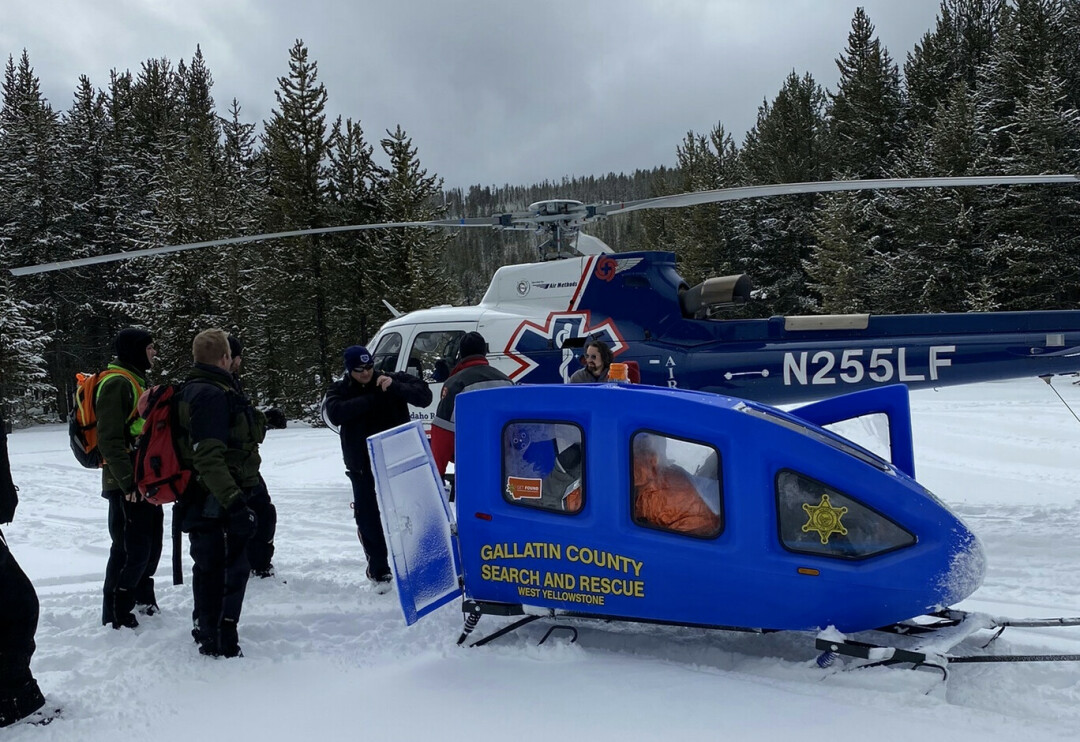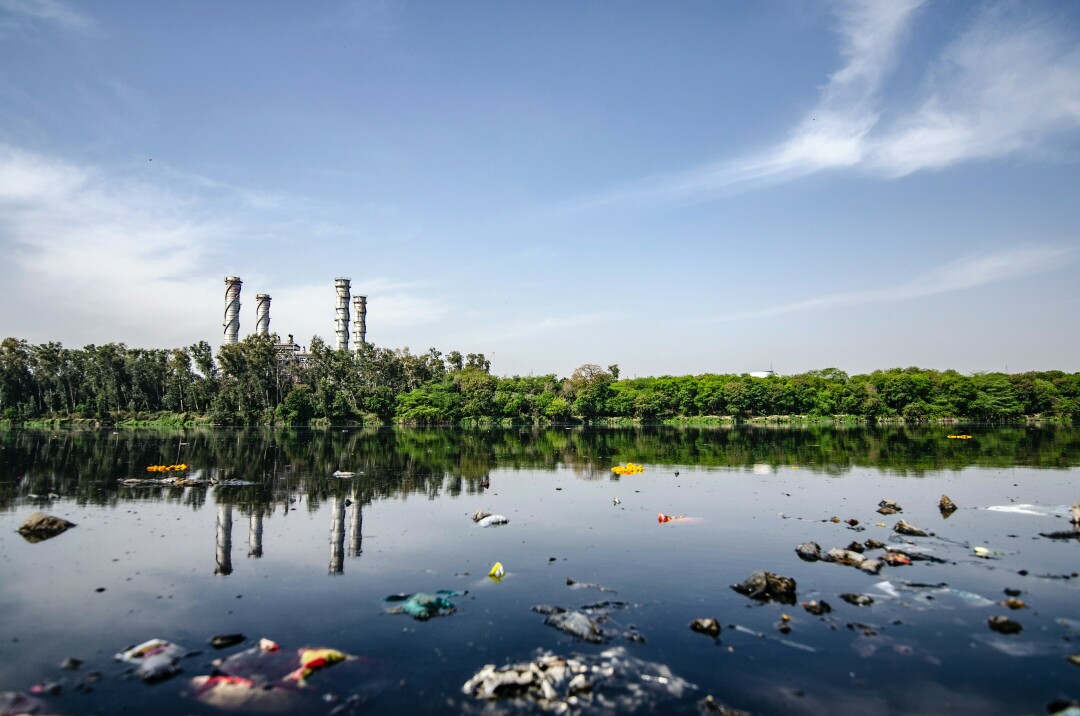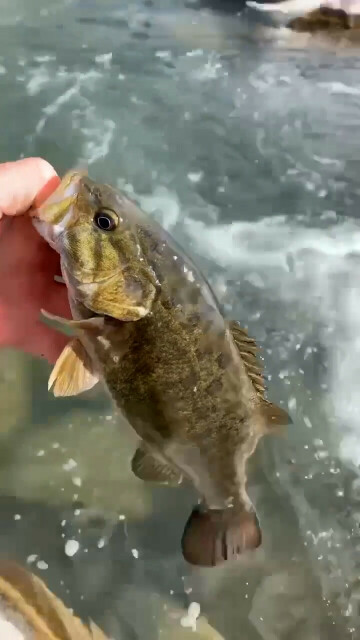Most people believe that they have a perfect understanding of bullying. The typical picture most of us have is that of a much bigger or louder person coming around and making a ‘smaller’ person their toy. The victim here will have something the tormentor can exploit, such as low self-esteem, gender disparity, or even fewer resources than others. Bullying comes in various other forms, but most of the less obvious ones are overlooked, especially by those not directly affected. Adults at workplaces as well as kids in college are subjects of bullying even though one would be forgiven for thinking this habit dies in high school.
Bullying is often considered a problem that affects kids and high school teens, and once they outgrow the high school years, they will be safe at a university. However, this is an unfortunate misconception as there is a severe cause and effect of bullying in colleges and other institutions of higher learning. Numerous essay examples show just how tormenting the consequences are for victims. It has been discovered that some hurt others as a form of their own insufficiencies, but they cannot be allowed to get away with it all the time as the pain they cause could torment their victims for a long time.
If college bullies are not stopped, disciplined, or taught to take responsibility for their actions, they will likely continue these tendencies in their post-college lives, including marriages. It is possible that the habit comes from inner feelings of insufficiency that they project on others, and if not stopped, they keep at it for much longer.

What is Bullying?
It is more than name-calling, as many people probably believe. It is a repetition of unacceptable, aggressive behavior that involves one person or a group of people using their power to deliberately abuse, intimidate or hurt another individual physically or emotionally. Bullying in college can be verbal or physical, and both the bullies and their victims may have lasting problems. To be considered bullying, the incidents must have these three characteristics:
• An Imbalance of Power: The bully usually has more physical or social power than their victim.
• Repetition: Incidents repeatedly happen to the same victim.
• Intentional: Often a deliberate attempt to hurt another individual. This habit often leads to emotional problems for the victim.
Types of Bullying
Research studies show that there might be more acts of bullying than meets the eye. Most people believe that it only consists of physical and verbal abuse. There are, however, six types of bullying which include:
1. Physical - occurs when the bully uses their actions and physical power to hurt someone else. It includes Kicking, hitting, slapping, punching, breaking, taking someone’s things, etc.
2. Verbal - Teasing, taunting, name-calling, verbal threats, inappropriate comments, etc.
3.
Relational/ Social: It can also be emotional. Involves deliberately hurting someone’s relationship or reputation, including embarrassing someone in public, spreading rumors, excluding someone out on purpose, etc.
4.
Cyberbullying occurs when individuals share inappropriate comments, threaten, slander, harass,
embarrass, or otherwise hurt someone else using the internet.
5.
Sexual bullying: This can take various forms. For instance, besides physical sexual aggression, it can also include any emotional or verbal attacks meant to humiliate or shame someone sexually.
6.
Prejudicial bullying: Involves targeting someone who acts or looks differently.
What Does Bullying Cause?
Being a victim can be severely heartbreaking and miserable. However, many people who haven’t experienced this suffering rarely understand just how much damage it can cause the victims, including university students. They fail to acknowledge or realize the impacts and lasting consequences of this habit that leads to:
• Low self-esteem: It often causes the victim to start questioning their worth or believing what the tormentor says about them. They then attempt to change who they are to try and make the habit stop.
• Anxiety and depression: The tormenting effects often erode an individual’s happiness leaving them in a constant state of fear and anxiety, which can lead to depression.
• Social Isolation: It causes a lack of trust in the victims. This makes them question who their true friends are, leading to self-alienation and loneliness.
• Alcohol or drug abuse: Some victims turn to drugs as a solution to escape the demoralizing effects.
• Self-harm or suicidal thoughts: It can cause overwhelming emotions and feelings of helplessness, which can lead someone to very unpleasant thoughts. Both bullies and their victims have high risks of engaging in self-harm.
How to Stop Bullying
School staff, parents, victims, and bystanders have a role to stop this habit. You can:
• Help students understand bullying by open talks about it, its effects, and how to stand up to it safely.
• Report the incident to someone who can help
• Confront the bully safely
• Gather evidence and call the police or tell an authority figure
• Encourage students to participate in activities they love and make them happy to boost confidence and find their purpose.
• Model and set an excellent example of how to treat others with respect.
What to do if you Witness Bullying
If you are a bystander when another is being abused, there are practical actions you can take to stop the incident, such as:
• Confronting the oppressor.
• Calling the police if necessary
• Letting the
victim know you support them
• Report the incident to an authority figure
Conclusion
The subject of college bullying is one that many people might ignore because they believe it only happens to teenagers in high schools. However, it is just as rampant and severe as all others. Students who abuse others have underlying problems themselves and are usually unhappy with their private lives.
These students should always face the consequences for their behaviors. However, they also need support to help them change their actions. Therefore, in addition to implementing valuable measures such as anti-bullying lessons and essays, talking openly about it, and punishing the offenders, you can learn more effective ways of preventing or stopping acts of bullying, such as hiring a professional for both parties.







News Comments
Thank you
Open Auditions for Annie
Monday, Sep. 16, 2024
I’m at the Bozeman airport where your painting, “Blowing East” is displayed. It’s absolutely gorgeous! Bravo, Marci!!
The Artists’ Gallery in Bozeman’s Emerson Cultural Center May Exhibits
Sunday, Jun. 30, 2024
This is so typical of a sign in, which we should not have to do to check if we or some one in our party got a permit. I have been working or "creating an account" for 30 minutes and just get the same ...
Smith River permit drawing results available
Sunday, Mar. 10, 2024
I have struggled with this podcast and my own participation therein, the event itself obviously traumatic, but beyond that my inability to reach anyone and convey anything resembling truth. The person ...
Billings, MT Case Becomes True Crime Podcast | 'An Absurd Result'
Marktokarski
Saturday, Jan. 20, 2024